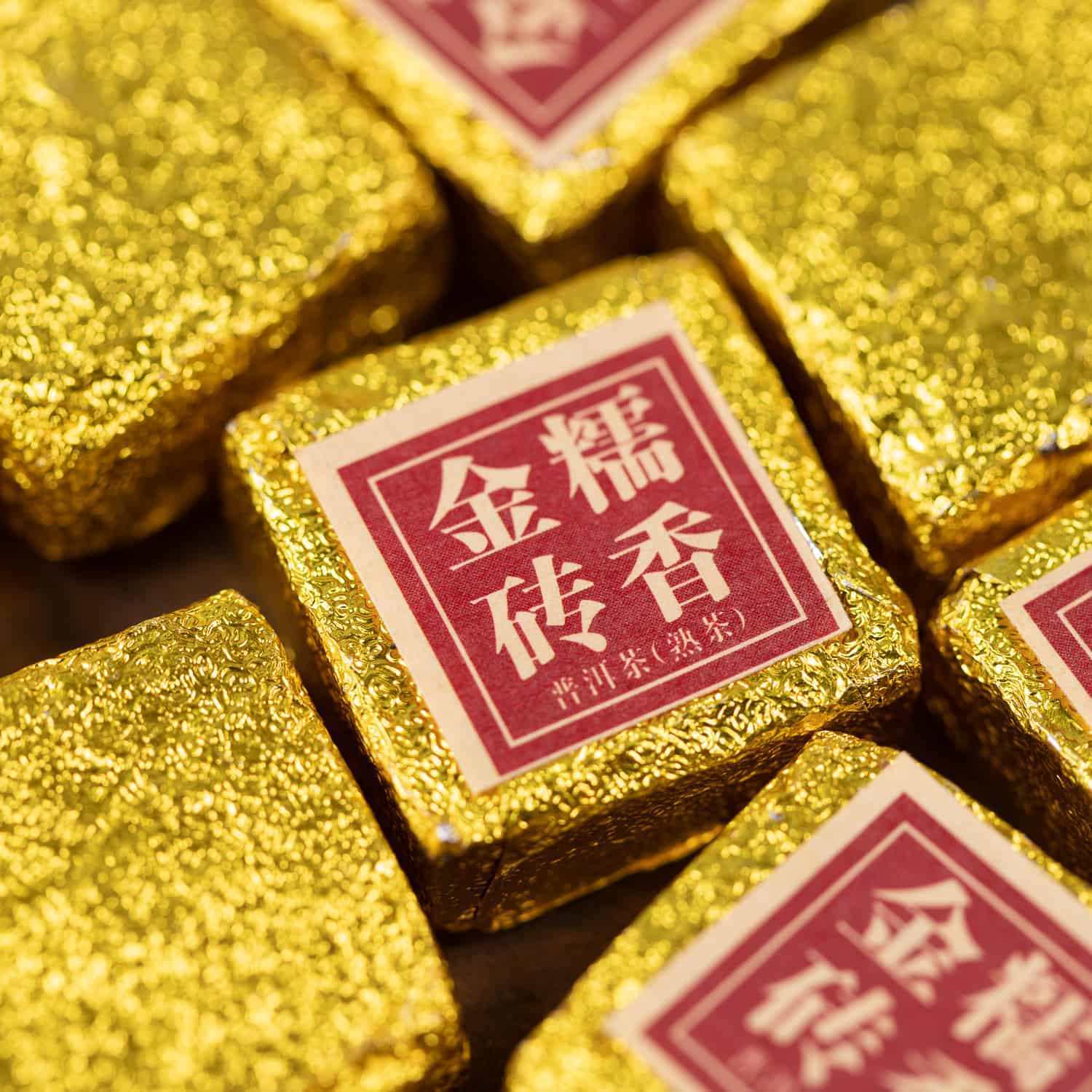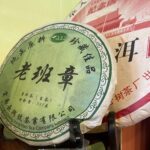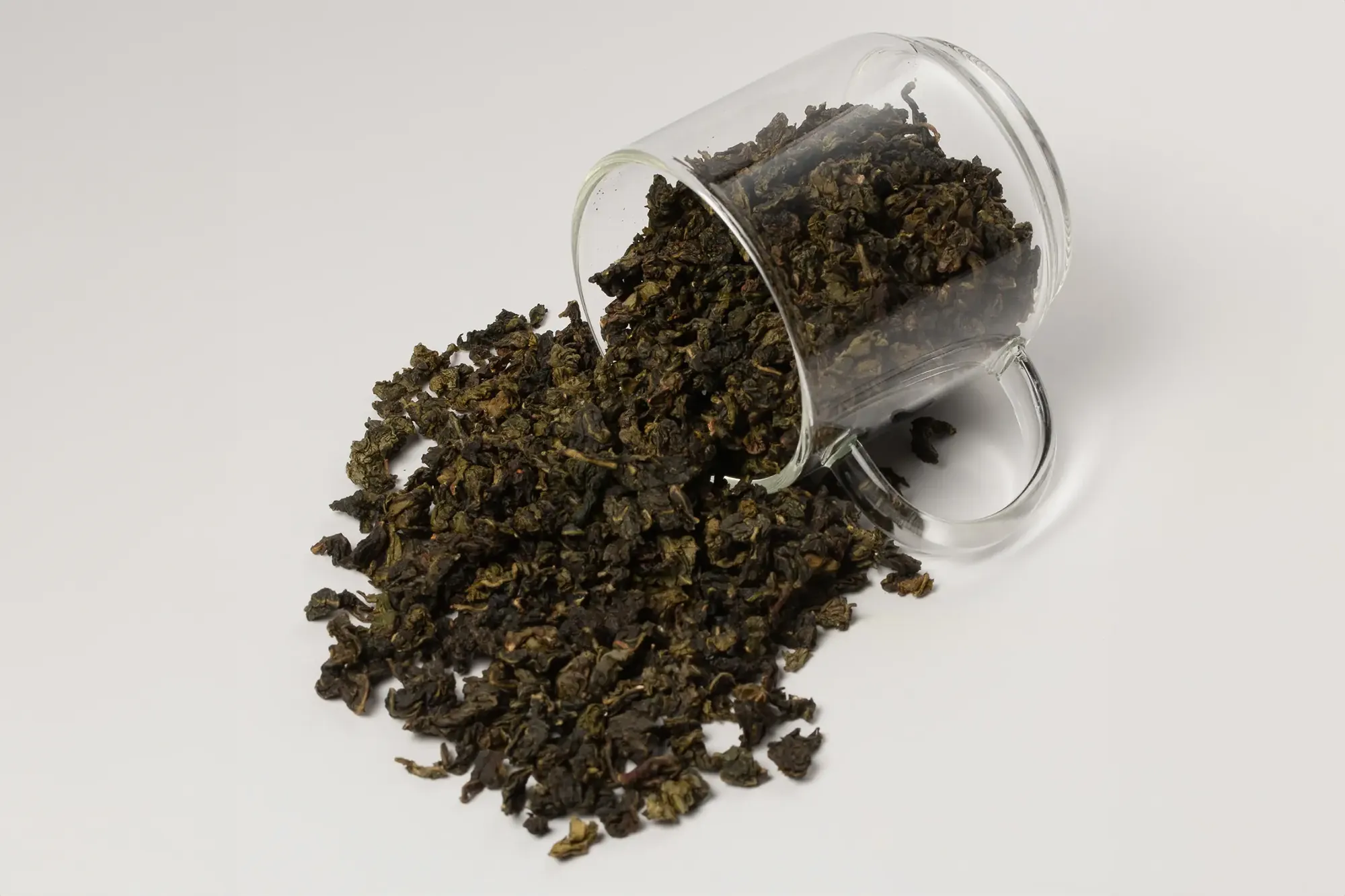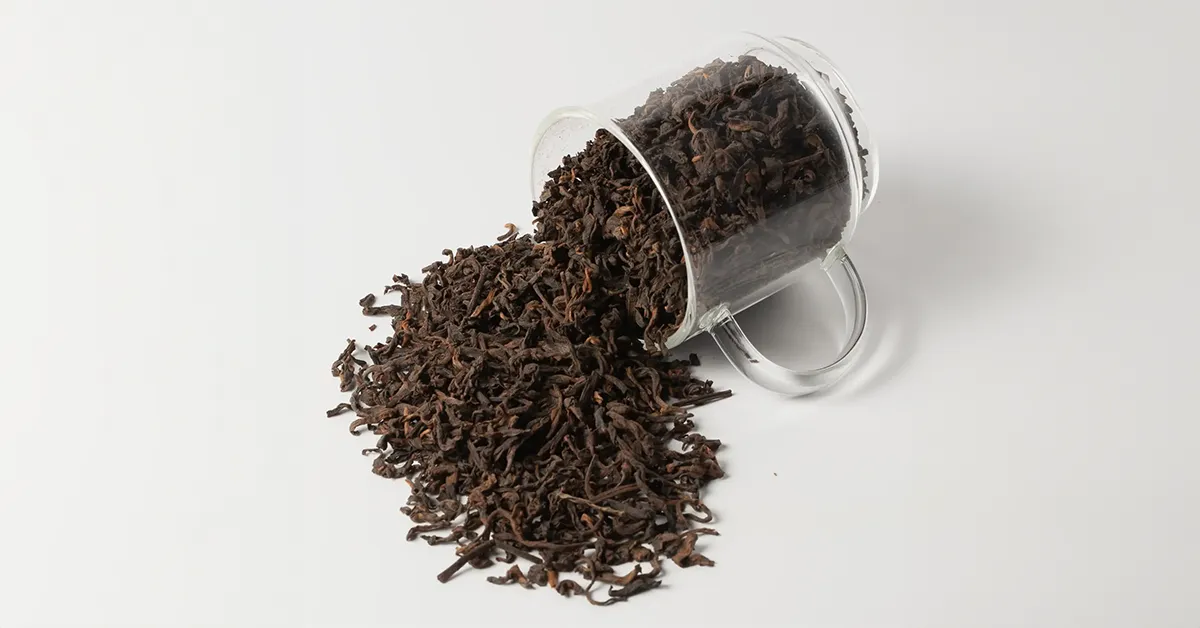
So what Exactly is Pu-erh?
 Let’s dig in and discuss the fascinating world and rich history of pu-erh tea! Pu-erh tea is exclusively a type of tea from Yunnan province of China. This status is defined by the National standard, it has a protected designation of origin (PDO). That means only tea grown and produced in Yunnan province can be called by the name of Pu-erh. You will not find pu-erh tea produced anywhere else in the world, just like you won’t find Champagne produced anywhere else but in Champagne, France.
Let’s dig in and discuss the fascinating world and rich history of pu-erh tea! Pu-erh tea is exclusively a type of tea from Yunnan province of China. This status is defined by the National standard, it has a protected designation of origin (PDO). That means only tea grown and produced in Yunnan province can be called by the name of Pu-erh. You will not find pu-erh tea produced anywhere else in the world, just like you won’t find Champagne produced anywhere else but in Champagne, France.
The uniqueness of this tea comes from the fact that it is aged through a fermentation process that can take a few months to more than 50 years. Fermentation gives pu-erh a fragrance unlike any other, with a pronounced earthy flavor, as well as the reported health benefit of boosting your gut and digestive health.
Pu-erh comes from the large leaves of the ancient Dayeh strain of the Camellia Sinensis. The leaves of these trees are very mature and the trees themselves are said to be between 500 and 1000 years old. The trees are grown without the use of chemical fertilizers, pesticides, or herbicides. The best pu-erh leaves are plucked in the spring when the tree begins producing new leaves. The leaves are processed by roasting, sun-drying and steaming. The next step is to stack the leaves on top of each other and press them in a disk shape.
There are two distinct classifications of pu-erh; shou and sheng. The major difference between the two is that shou (cooked) pu-erh goes through a rapid acceleration in the aging process before being packaged into cakes or other shapes, whereas shang (raw) are aged for at least 10 years before being considered drinkable. To cook the pu-erh, the tea leaves are wet-pilled and wrapped in a linen cloth to reduce evaporation of the moisture. This will cause the leaves to undergo a microbial fermentation. After 40 to 60 days, the leaves are ready to be aired out and then compacted into cakes and other forms.
Pu-erh dates back more than 2,000 years and has spread far beyond the boundaries of Yunnan. It can be found all over the world and here in the US, too! Pu-erh found its eventual path to us by first being transported on horseback along the silk road, also called the horse tea trail. This trail is one of the most important landmarks in the history of Asian trade. It connected the southern Chinese province of Yunnan via Burma and then across India to Tibet. The two most important goods being traded for a whole millennium were pu-erh and Tibetan horses. Because of the long periods of time the tea would spend being transported to buyers, it ended up becoming fermented by the time it reached its destination. Tea sellers also found it easier to sell and carry tea when it was packed into a cake or brick form, which is how pu-erh is commonly sold to this day.
To steep pu-erh tea, you’ll first need to chip off pieces of your tea cake. Using something like a fork, a knife, or even your bare hands, it’s easiest to chip pieces off the cakes if you chip at it horizontally. This is because the tea leaves are layered from bottom to top, making it easiest to break apart the cakes layer by layer. You can also re-steep pu-erh up to 10 times, if you’d like! Pu-erh has a lot of flavor to give, enough to take you on a flavor journey, even!
All categories of tea have rich histories, but pu-erh stands out amongst the crowd for the unique and vital role it plays in the tea-world. Due to its cultural relevance (and delicious flavor!), pu-erh will continue to play that role for centuries to come, as it has in the past. Give it a try if you haven’t yet! There’s a whole world of pu-erh to fall in love with! Check out our pu-erh section and if you live near the shop, stop in to see our ever changing selection of cakes. 





